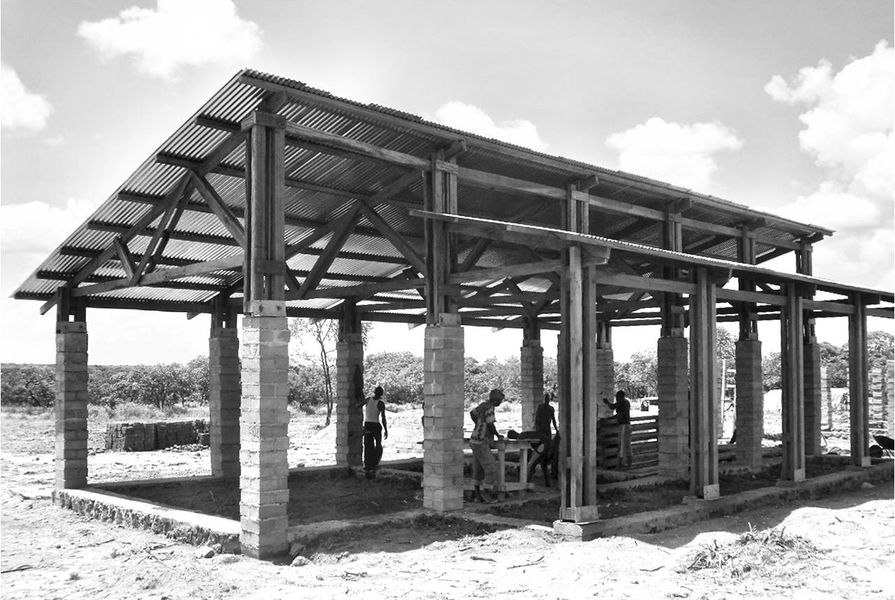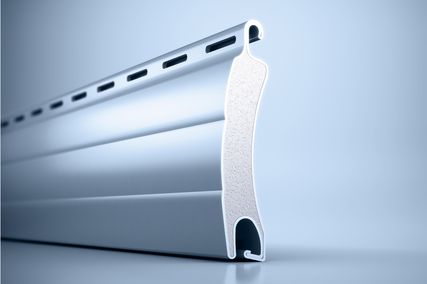Riccardo Vannucci is a director of the Italian design group, FAREstudio, which attempts to balance a commitment to ethical practice with commercial sustainability. At a time when much design seems to be defined by both virtualization and celebrity, FAREstudio pursues a material and apparently humble approach to architecture, rendered explicit in the name of the office, an acronym of “For an Architecture of REality.” Recent projects include the development of a medical assistance centre in Burkina Faso, a winning proposal for the recent AIDS Orphanage Design competition organized by Archaos + Architecture Sans Frontieres UK, and the preliminary design for the extension of the Dubai Municipality office complex. As well, the architects were the local partners with Denton Corker Marshall on the Australian Pavilion in Venice. Here, Vannucci talks with Tim Randall, a creative director of the upcoming 2015 Australasian Student Architecture Congress, where he will be presenting.
TR: You describe your practice as being eclectic by choice and circumstance, balancing social and conventional work. How did this come about?
RV: In principle, we would like to be involved with “social design” – design with social finalities. This is not feasible at the moment, particularly given our profile, not exactly in line with mainstream procedures of “social market.” For this reason, we carry on also conventional work to support ourselves. This is the paradoxical price to be paid in order to remain independent, and alive.

Australian Pavilion in Venice designed by Denton Corker Marshall.
Image: John Gollings
TR: Please tell us about your experience with Denton Corker Marshall working on the Australian Pavilion in the Giardini in Venice?
RV: Working with and for Denton Corker Marshall was a very significant experience for us. We normally deal with local partners in our international projects and for once being on the other side of the barricade has been instructive. Quite clearly this sort of service is not a simple exercise in translation, it has to do with the transfer of a mentality, and adjustment required to get the things done in accordance with the designer’s intention. Italian bureaucracy can be very distressing, and the productive environment is remarkably different from Australia, despite globalization and all the rest. Nevertheless, I believe we found a good arrangement, where Denton Corker Marshall was flexible enough to point out a clear demarcation line between crucial aspects to be protected and less strategic issues.
TR: In your article ‘Hands Over the City’ – referring to the film of that name by the late Francesco Rosi – you describe a situation where to redress car-oriented design and expanding suburbia, “a new politics for human settlement is required.” Can you describe what this new political paradigm might look like or how we might achieve it?
RV: My point is very simple, but, I hope, not simplistic: particularly in some parts of the world, the car-centred model is not acceptable (nor accepted) any longer, and, above all, the same model cannot be applied to fast growing cities of the so-called developing economies. The new political paradigm has to do with the need for a dramatic shift from current consumerism (of resources, time, energy) to a more durable system, where public interest is the driving force of change.
We are now well aware of the negative externalities of private/individual use and abuse of space; no matter how “sustainable” a car might be, its impact on human settlements is unacceptable. The same applies to suburbia: we cannot afford it, independently from the pervasiveness of the ideology behind it. We can contribute to the definition of the political agenda first of all by keeping under control the real implications of current practices, and by providing alternative solutions to mobility, land use, logic of settlement, technical options, all addressed to a different order.
TR: In the same article you suggested that architects are absent in key urban planning decisions, or worse still, complicit in the corrupt activities between private developers and government. How do we ensure that architects have a seat at the discussion table with greater influence?
RV: I believe that first of all architects should re-design their own agenda in order to recognize the sense, and value, of their right to have a seat at the discussion table. This implies that architects have to face the intrinsic ambiguity of their position within society, traditionally stretched between their objective dependence on those who hire them and the aspiration to a certain degree of independence, and to manoeuvre for expanding the latter.
We should possibly dedicate less attention to self-referential behaviour and concentrate on demonstrating the (potential) value of our contribution. Facts and figures are not so neutral as we are told but for this very reason they must be used in social confrontation.
TR: From my own recent experience in a university project designing a deployable Ebola clinic for West Africa, it became apparent that there is a significant tension for architects in balancing pragmatism and aesthetics in humanitarian architecture. How do you approach this in your own work?
Centre pour le Bien-être des Femmes (Women’s Health Centre) in Burkina Faso, West Africa.
Image: Courtesy FAREstudio
RV: I have to say that the category “humanitarian architecture” has not much to do with my own activity. I refuse the idea that since we are in an emergency we have to be pragmatic and therefore there is no room left for aesthetics. There is an aesthetic of pragmatism that is the result of the several factors affecting design as a whole and not just design addressed to “humanitarian circumstances.”
TR: As architects how do you believe we might best balance design and social ethics with economic and social imperatives?
RV: Again, why should we have to balance design and social ethics with economic and social imperatives? Social ethics and social imperatives are by definition nonnegotiable terms. We are supposed to act according to our conscience, no matter the implications, and for the benefit of the community at large. Or not?
Riccardo Vannucci is a speaker at the 2015 Australasia Student Archtiecture Congress: People 2–4 July in Melbourne. Tickets and information here.




















